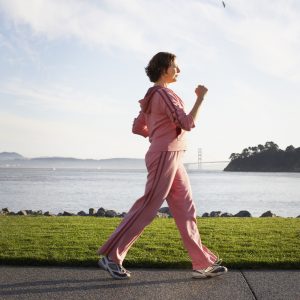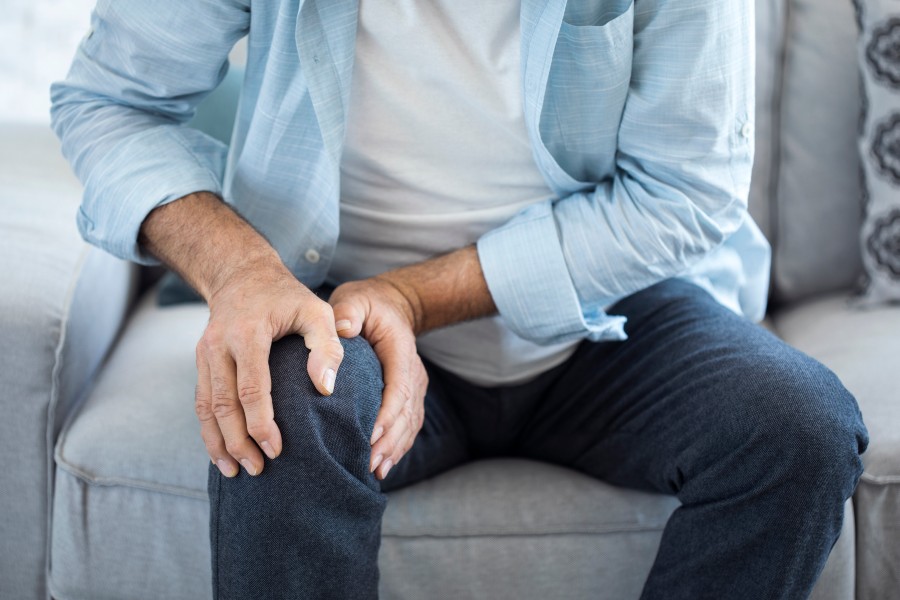Arthritis – Understanding Your Aching Joints
Arthritis
Arthritis is a condition affecting the joints, where the quality of the joint surface degrades and can lead to stiffness, tenderness, and swelling. There are several types of arthritis, the most common being Osteoarthritis (OA), affecting 1 in 5 Australians over the age of 45, or 1 in 3 people over 75 years old. OA is a multifactorial condition, with many contributing factors that lead to a decline in joint health. There are also other types of arthritis that can be due to autoimmune processes; like Rheumatoid Arthritis or Psoriatic Arthritis, so it’s important to be correctly diagnosed to get the care you need.
What is Osteoarthritis?
People commonly think of OA as “wear and tear”, but that isn’t entirely accurate. In fact, cartilage can respond quite well to load, as seen in studies of recreational runners that have shown their joint health to be superior to their inactive counterparts. Rather than just mechanical load on a joint (i.e. running, jumping, etc), OA is primarily caused by metabolic processes (i.e. chemicals, hormones and proteins in the blood) which can be directly improved with healthy lifestyle choices, such as diet and physical activity.
 Osteoarthritis Management
Osteoarthritis Management
People with arthritis often reduce their physical activity in an attempt to minimise the “damage”. They may start walking less and even cease the leisure activities they love most. But what they’re really sacrificing is cardiovascular health, mood, mental wellbeing, bone density, muscular strength, and increasing their risk of a variety of chronic conditions. And because OA has an important metabolic component, staying active can actually improve joint health!
There are several factors that can be utilised to assist in OA management.
- Managing load; working out what activities stir up the joint pain and decreasing or modifying how they are undertaken.
- Diet; healthy foods can assist in maintaining good metabolic function and decreasing inflammation, managing weight and boosting energy levels.
- Pacing; having adequate rest and recovery between bouts of activity. This includes breaking up one long activity such as vacuuming the house, into shorter bouts with rest breaks or rest days in between.
- Graded exposure; starting with a tolerable amount of activity and very gradually increasing your exposure to the activity, as tolerance rises.
- Resistance training; build up muscle strength, balance and movement quality to decrease joint forces during activity
To learn more about Pacing and Graded Exposure, read our blog “Simple Tips for Living with Osteoarthritis”. For more information on the causes of Osteoarthritis and how to overcome it, read our blog “6 Golden Rules for Osteoarthritis Management”.

